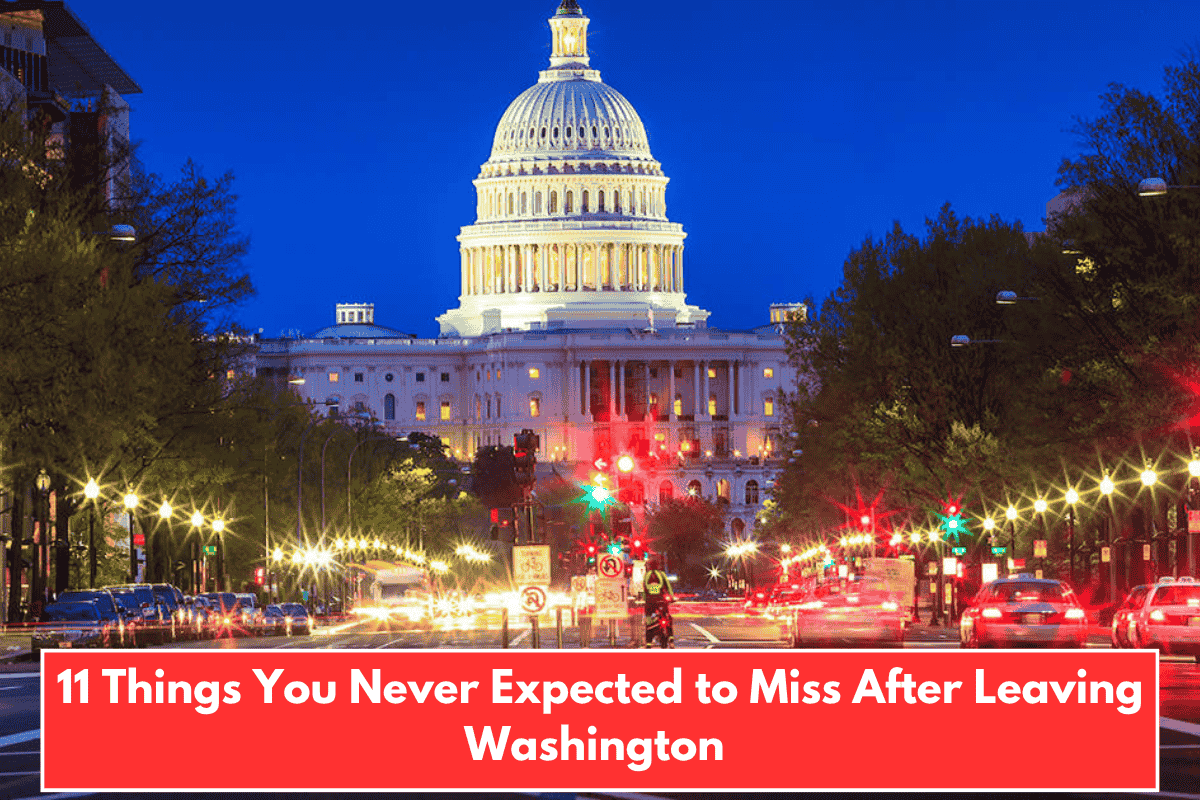In recent weeks, a major clash has erupted between Harvard University and the Trump administration. What started as a conversation about addressing antisemitism turned into something much bigger. The U.S. government issued a long list of demands, including changes to how Harvard runs its admissions, hires faculty, and even what it teaches. But instead of agreeing, Harvard pushed back. Let’s break down what really happened and why this matters to students, universities, and the country as a whole.
What Triggered the Clash?
At first, the Trump administration asked Harvard to take simple steps like banning masks during protests. But soon, their demands grew broader and more forceful. On a Friday night, officials sent Harvard a five-page letter filled with rules that would reshape the way the 388-year-old institution works. These demands affected everything from admissions and hiring to academic freedom and student life.
What Did the Government Want?
The Trump administration said its goal was to reduce antisemitism. However, many of the changes it demanded didn’t directly relate to that issue. The government wanted Harvard to:
- Cut back the power of faculty.
- Shift to a fully “merit-based” admission and hiring system.
- Review diversity-related departments and possibly shut them down.
- Allow outside supervision of its policies until at least 2028.
- Regularly report its progress to the government.
- Change how it handles international student admissions.
Harvard’s Response: A Firm No
Harvard officials, after a weekend of urgent meetings, decided to reject the government’s demands. University president Alan M. Garber made it clear in a public letter: “The university will not surrender its independence or relinquish its constitutional rights.”
Harvard feared that following the orders would damage its mission, freedom, and future. The administration’s request went beyond fighting antisemitism and seemed like an attempt to control how the university operates at every level.
Federal Retaliation Hits Hard
After Harvard said no, the Trump administration responded quickly. It froze over $2.2 billion in federal funding and threatened even more. President Trump also warned that Harvard could lose its tax-exempt status. This funding supports key research, including medical studies. One such program, related to tuberculosis, had to stop operations due to the funding freeze.
While Harvard has a large $53 billion endowment, most of that money is reserved for specific uses. If the funding freeze continues, labs, departments, and classrooms may face serious budget cuts.
A Stand for Academic Freedom
Former Harvard president Larry Summers compared the government’s demands to the McCarthy era, calling it a huge threat to free thought in universities. Many on campus felt relief and pride when Harvard decided to stand firm, especially after seeing Columbia University give in to similar pressures only to face more demands.
Steven Pinker, a well-known professor, said no university could agree to such terms without giving up its core values. Others noted that Harvard’s strong financial and political standing made it one of the few schools capable of resisting.
Preparing for the Fight
Though Harvard had remained quiet in recent months, it had been quietly preparing for a possible showdown. It froze hiring, paused some international partnerships, and started raising money through bonds. The university also limited new projects to save funds in case of a major financial hit.
Officials knew that even if they agreed to a deal, the administration might not honor it. That made resistance the safer choice.
What This Means for the Future
This dispute has opened up a larger conversation about the role of the federal government in higher education. For decades, universities like Harvard have relied on federal funding to support research and innovation. But the Trump administration’s aggressive stance suggests a shift in how these relationships might work in the future.
Harvard’s refusal to comply could inspire other universities to defend their independence too. But it also raises concerns about the future of academic freedom, especially in politically tense times.
Harvard’s decision to reject the Trump administration’s demands was not just about one letter or one issue. It was about protecting its core values — academic freedom, independence, and integrity. Even though the financial consequences are serious, Harvard chose to take a stand, believing that preserving its mission is more important than avoiding a temporary crisis. In doing so, it sent a strong message to the country and the world: education should not be controlled by political pressure.














